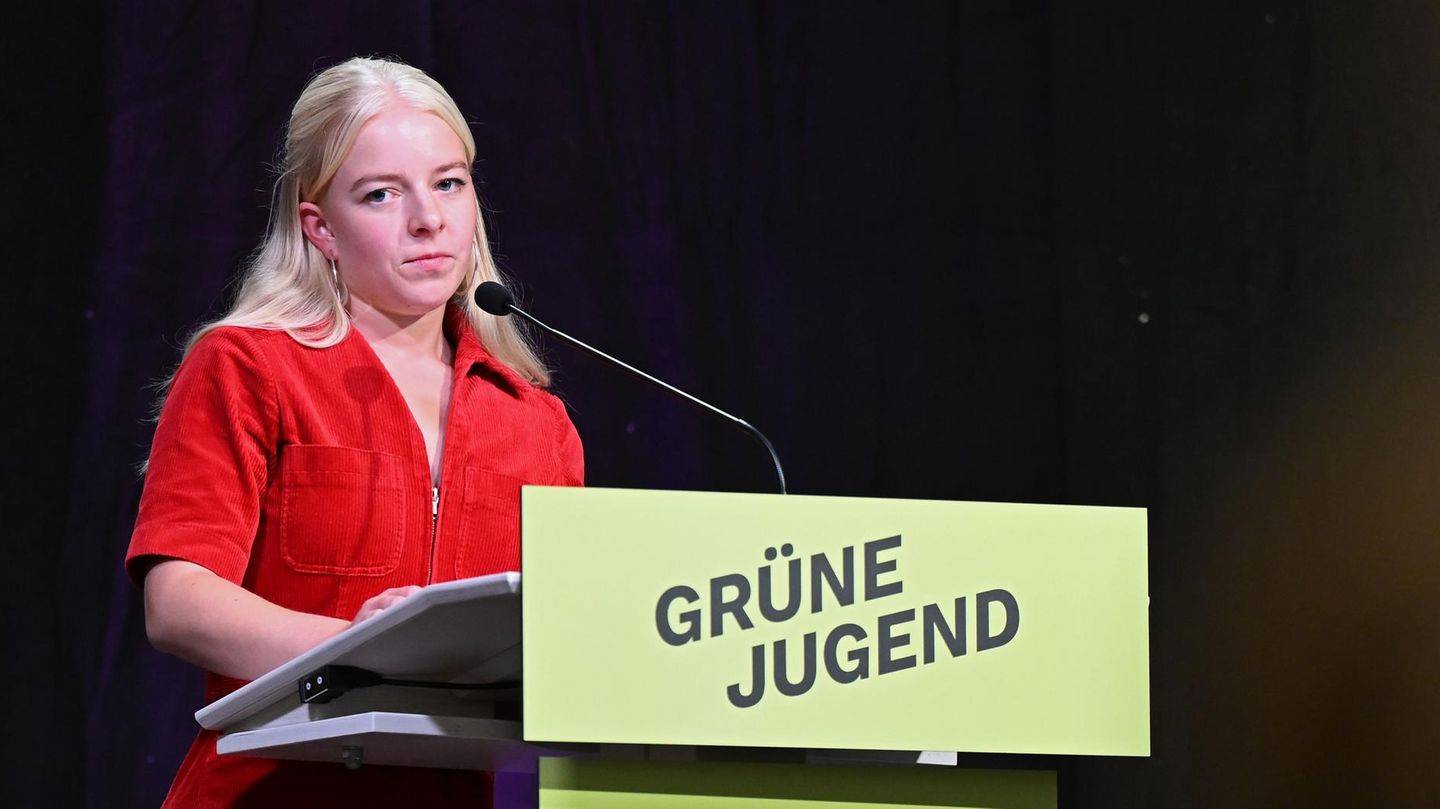For almost a century, September projected a shadow on Wall Street. According to data from S&P Dow Jones Indiceshe S&P 500 retreated on average 1.2% in September since 1928becoming the worst month of the year for US actions.
The historical background is overwhelming. In 1873the bankruptcy of Jay Cooke & Co. unleashed the stock exchange that marked the beginning of the great depression of that century. In 1929the index reached its maximum on September 3, before the famous October Crac. Decades later, September was again synonymous with turbulence: after the 11-S attacks in 2001the New York Stock Exchange collapsed to reopening, and in 2008 He lost almost a 9% After the fall of Lehman Brothers.
The reasons behind the “September effect”
The so -called September effect It is one of the most commented enigmas in financial markets.
Despite this, several economists relativized the trend and recalled that in the middle of the September since 1928 the S&P 500 ended in positive, although the falls, when they occurred, were more pronounced than in other periods.
612F6F89E94C1
The month of September, the most feared for investors
Elections and Fed: a different September?
In the Electoral years in the USstatistics showed a somewhat more favorable bias: the S&P 500 averaged a 0.3% advance in Septemberthanks to the expectation of expansive policies or fiscal stimuli.
In 2024the market reached September in the middle of a correction of technological after the August rally, with the Nasdaq giving 1.15% and the S&P 500 accumulating five days downits worst start of September from 2015. At the same time, the speech of Jerome Powell In the symposium of Jackson Hole kept investors on guard, in a context of Treasury yields and doubts about the strength of the US economy.
The political factor also played its role: the expectation of the November presidential elections and the debate on the Tariffs proposed by Donald Trump They added additional noise. According to CME Fedwatchhe 61% of operators I expected a cut of rates of 25 basic points In September, while a 39% He bet on a higher, half -point cut.
A respite in specific sectors?
The seasonal pattern did not hit everyone equally. Historical data showed that in September, while the S&P tended to go back, Energy indices grew 1.6% on average in 63% of casesaccompanied by a better performance of the goldthat used to advance a 0.56% on Tuesdays When he quoted on his 200 -day mobile average.
For strategists, this bias offers a track to investors: in a historically negative month for variable income, Energy and commodities can become refuge and opportunity.
Beyond the short -term factors, September won their fame for the accumulation of critical episodes and for the collective memory of investors. As Chaves recalled, the risk perception intensified because losses feel “more than double” than profits. Thus, the “September curse” was consolidated as one of Wall Street’s most commented anomalies.
Source: Ambito
I am a 24-year-old writer and journalist who has been working in the news industry for the past two years. I write primarily about market news, so if you’re looking for insights into what’s going on in the stock market or economic indicators, you’ve come to the right place. I also dabble in writing articles on lifestyle trends and pop culture news.




